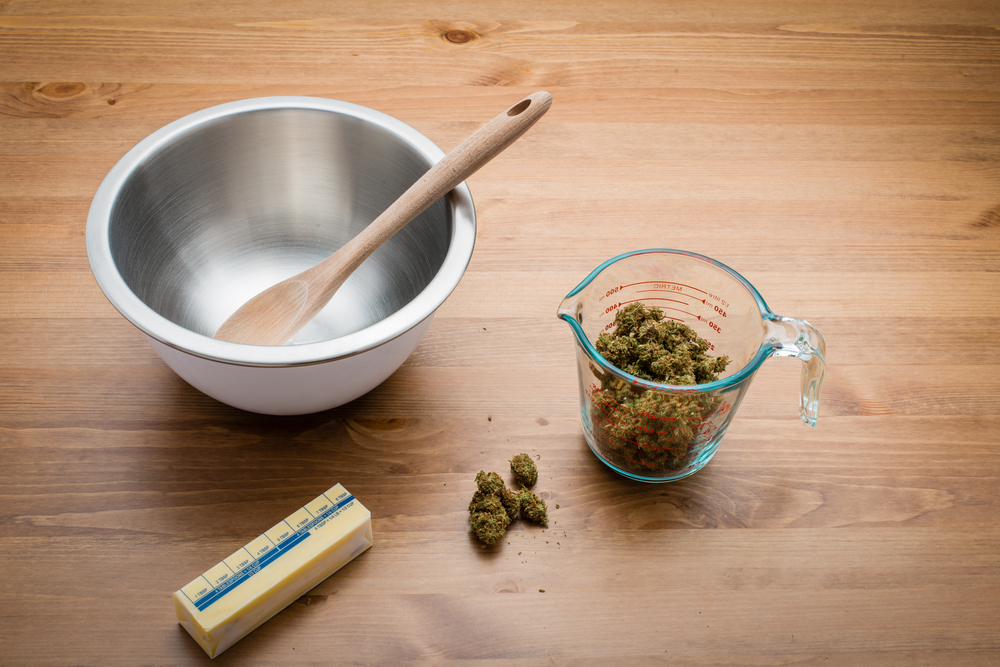Charas a hash concentrate, originating from the Himalayas in India.
Of all the ways to use marijuana, concentrates are becoming increasingly popular. There is always something new to discover in the field of concentrates. Whether it is actually a new concentrate made with a new method. Or that the way of consumption has something new to offer. There is always innovation, and that makes the development of concentrates interesting to follow, and of course, consuming them is fun too!
In this article we go back to the origin of cannabis concentrate, we will take you to … Charas. Charas has a very long history and is probably the oldest marijuana concentrate that exists. We will explain where it comes from and how it is made in this article. So put that Netflix series you’re watching on pause, and continue reading!
The nice part about cannabis concentrates is that it changes from year to year. New things are added every time. But there is also classic cannabis concentrates that people around the world have been using for a long time. And Indian Charas is one of them. Besides, marijuana concentrates are also popular in the medical field.
Charas from India
If you would put Charas and hash next to each other, and if you have no experience with either of them, you would say they are the same. Charas is originally made by hand and find their origin at the foot of the Himalayas. Where exactly Charas was first used is not clear, but it must have been somewhere in India, Nepal, or Pakistan. The basis of Charas is that the trichomes are removed from the weed plant. This creates a very strong concentrated substance. Trichomes are found all over the plant, but the highest concentrations are on the flower tops.
Charas and hashish are very similar. But what is the difference then? Hashish is made from dried kief, while charas is made from non-dried plant material. Moreover, when making Charas, a method is used where the hands are rolled. Multiple methods are possible for hashish.
Charas is traditionally smoked by monks and they do that with a pipe called chillum. Charas is usually processed into a kind of stick, or it has the shape of a round ball. In the past, and now also, Charras is used in religious and spiritual and religious sessions. Especially in Hindu culture, it is a loved one and is widely used.
You can put Charras between your tobacco and roll a joint of it. But if you prefer not to use tobacco, you can also put pieces of charras between regular weed and make it into a special blunt. Suppose you don’t want to smoke a blunt or joint, you can use a pipe or bowl. You can also smoke charas in a dab rig, although that is not actually smoking, or vaping. With a dab rig, you can also use many other extracts of marijuana.
FREQUENTLY ASKED QUESTIONS
1. What is the difference between Charas and Hashish?
Charas is made from fresh, non-dried cannabis plant material, while hashish is produced from dried kief. It is traditionally handmade and often involves rolling the resin between hands, while hashish can be made using various methods.
2. How is Charas traditionally used?
The hash is typically smoked using a pipe called a chillum, especially in religious and spiritual ceremonies in Hindu culture. It can also be rolled into joints, mixed with tobacco or cannabis, or used in a dab rig for vaporizing.
3. What makes cannabis concentrates like Charas popular?
Cannabis concentrates are popular for their potency and the variety of consumption methods they offer. Charas, in particular, is valued for its historical and cultural significance, as well as its intense effects due to the high concentration of trichomes.















